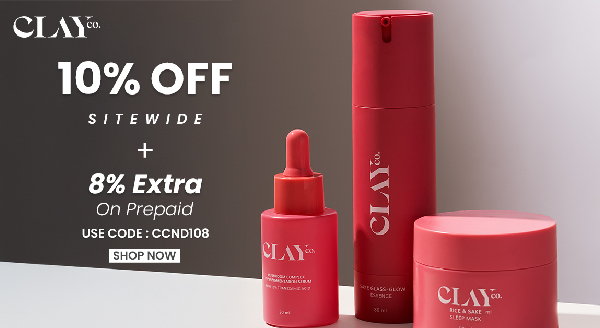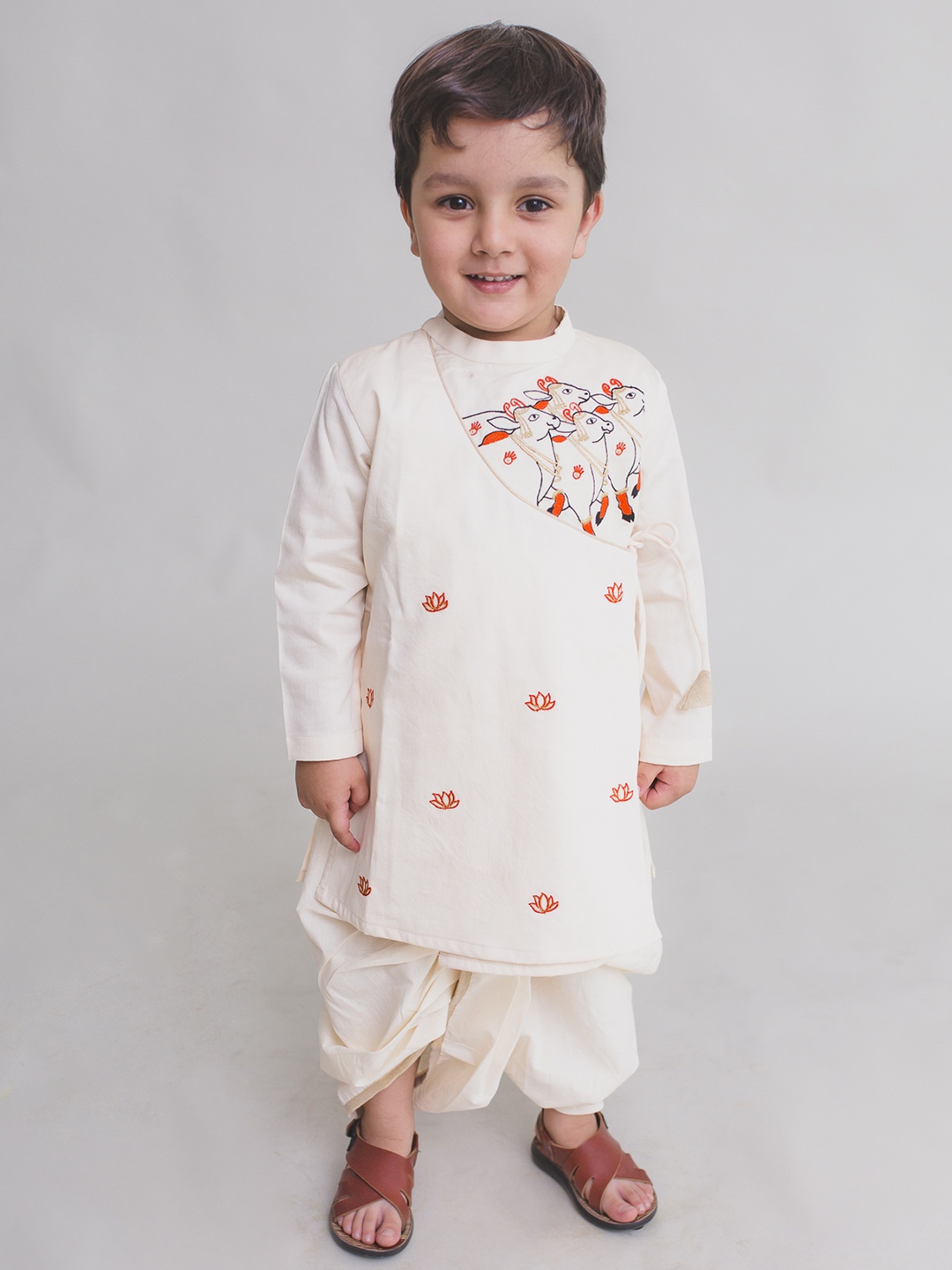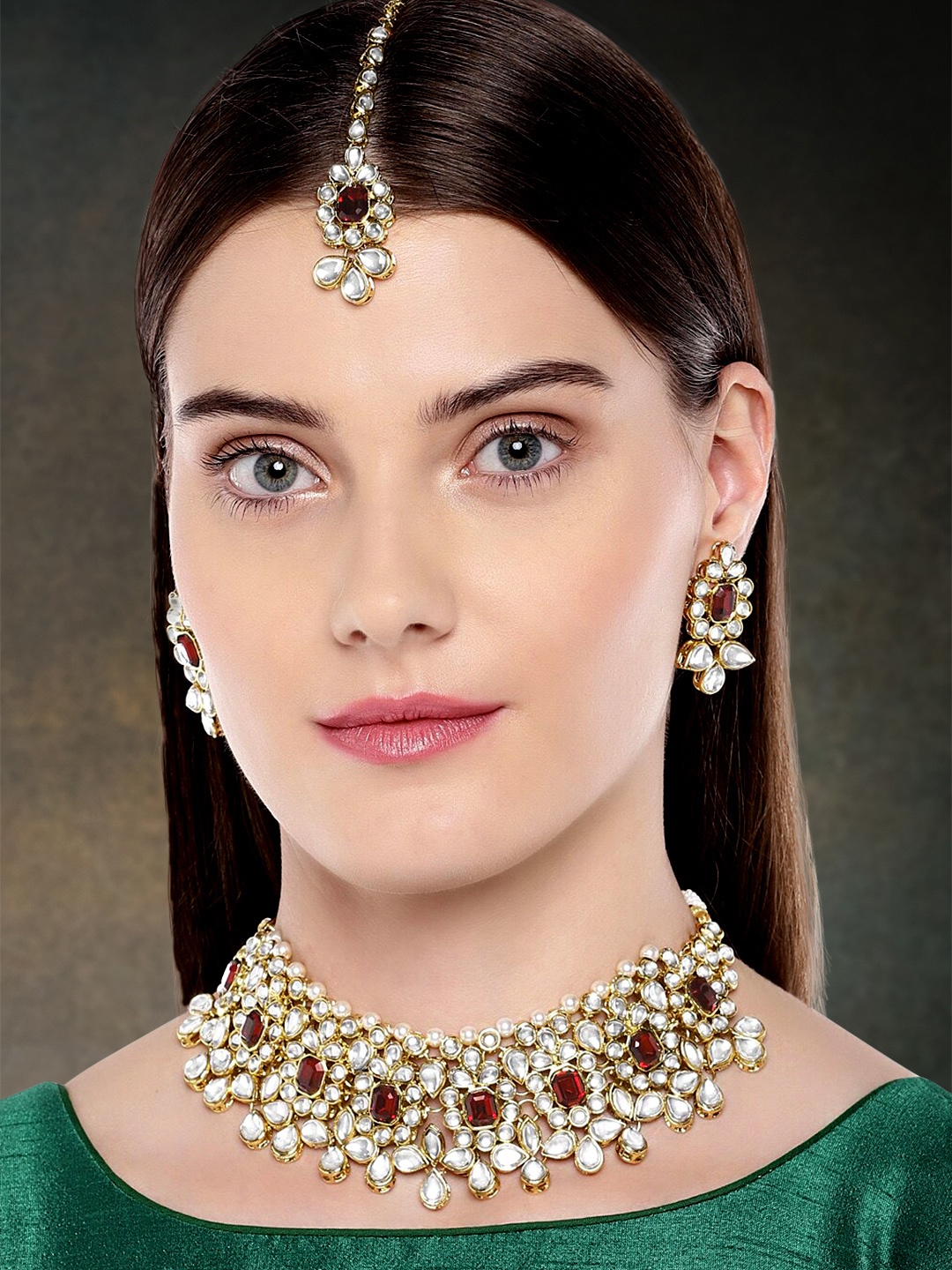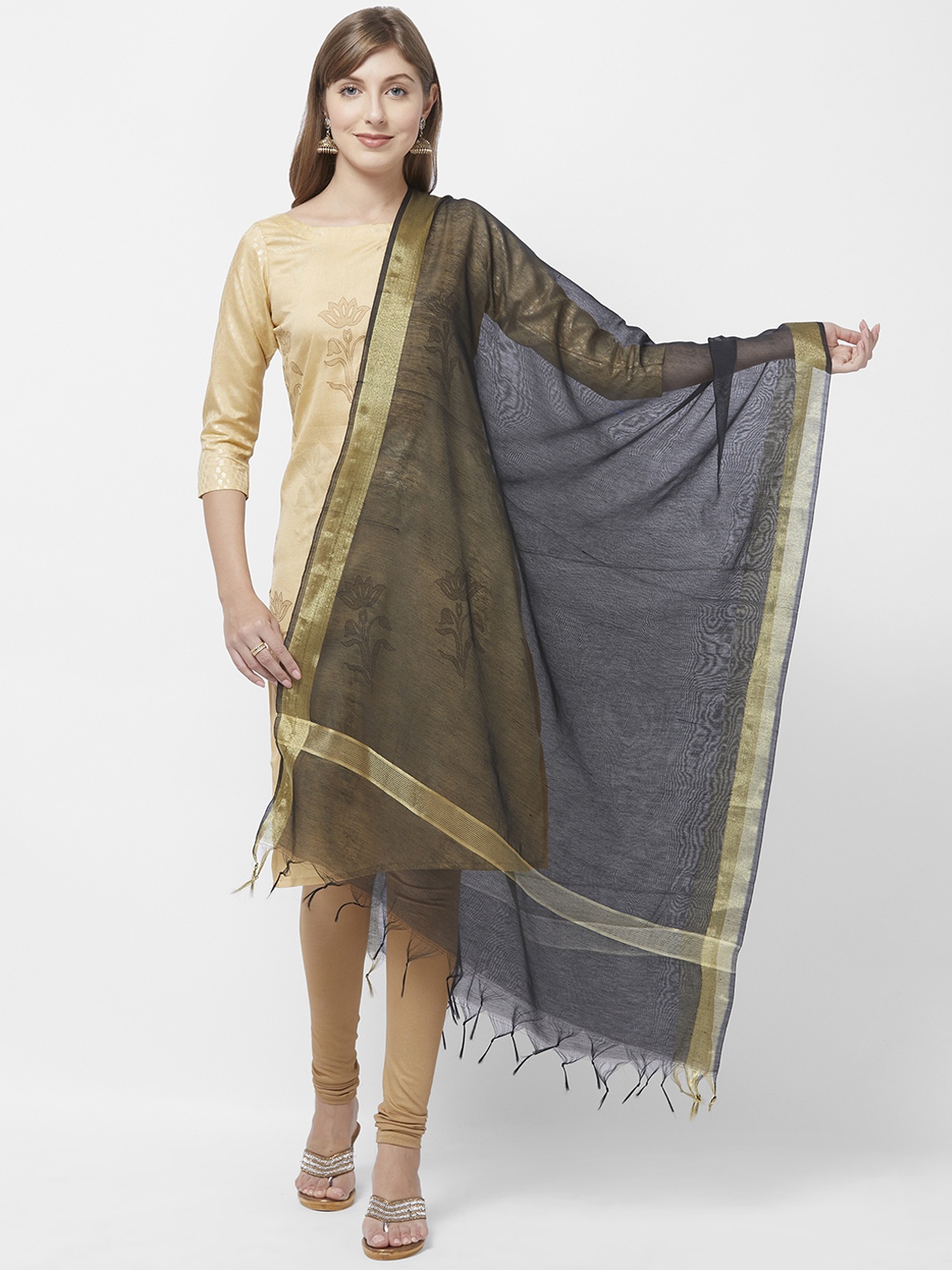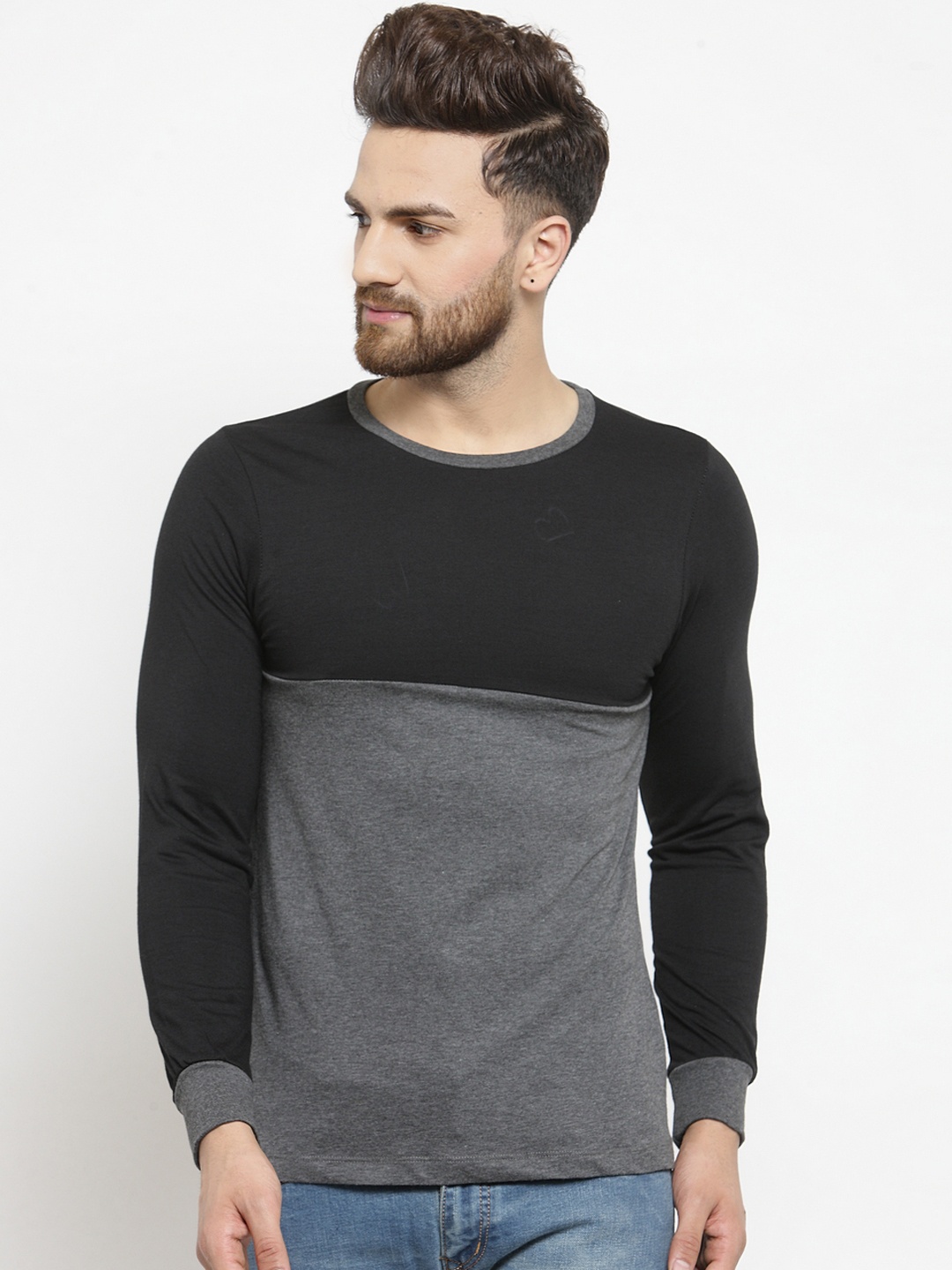What To Wear For Your First Diwali After Marriage - Without Overdoing It
Your first Diwali after marriage is an emotion wrapped in new beginnings. Between impressing the in-laws and feeling comfortable through long poojas and get-togethers, strike that balance between traditional elegance and effortless grace.

First Diwali After Marriage Outfit Guide: 10 Elegant Looks That Shine Without the Extra Sparkle.
The first Diwali after marriage holds a special kind of magic. There's excitement, love, a bit of nervousness, and the quiet wish to make a beautiful impression. Every corner of the home glows a little brighter, and so do the expectations, from family, friends, and yes, from that little voice inside that wants everything to be just right.
Between the rangoli, sweets, and family photos, what you wear becomes a big part of the memories you're creating. Yet, there's a fine line between festive radiance and looking like a walking jewellery showroom. The goal? To shine, not to blind. The good news is, you can dazzle gracefully without drowning in glitter. Here's a guide to help choose outfits that make you feel radiant, confident, and authentically you on your first Diwali as a newlywed.

What To Wear For Your First Diwali After Marriage: Without Overdoing It
Photo Credit: Pexels
A Step-by-Step Guide to Dressing Right for Your First Diwali Together
1. Start With the Mood, Not the Mirror
Before picking an outfit, think about the kind of celebration planned. Is it a cosy family gathering with diyas and homemade sweets, or a grand affair with guests arriving in sequins and sherwanis? Let the setting guide the style.
For an intimate celebration at home, soft fabrics like cotton silk or organza in warm tones, mustard, coral, or deep green, feel festive yet comfortable. If the evening involves guests and glamour, a banarasi saree or an embroidered anarkali can bring out the festive spirit beautifully.
Remember, the outfit should complement the occasion, not overpower it. The most graceful looks come from understanding the energy of the evening and dressing in harmony with it, not outshining it. After all, comfort radiates more charm than any embellishment ever could.
2. Colours That Speak Without Shouting
Festivals are a playground of colour, but subtlety can make a louder statement than you think. Instead of going for predictable reds and golds (which might feel like an extension of your wedding wardrobe), try exploring jewel tones, emerald, amethyst, sapphire, or even a hint of burnt orange.
These shades offer a refreshing twist while still keeping the festive warmth alive. Pastels like rose blush or mint green can also work beautifully for daytime celebrations, reflecting both elegance and lightness.
When selecting colours, keep in mind your skin undertone and the lighting, diyas and fairy lights can make certain shades glow more vividly. Choose hues that enhance your natural complexion and reflect your personality. A confident smile paired with the right colour is all the sparkle needed.
3. Balance Tradition With a Twist
The charm of festive dressing lies in its traditions, the weaves, the craftsmanship, the heritage. Yet, your style can still whisper modernity without losing the soul of tradition. Try pairing a classic handloom saree with a contemporary blouse design, think halter necks, puffed sleeves, or embroidered collars.
Alternatively, go for fusion wear: a crop-top and skirt set with ethnic motifs, or a silk kurta with palazzos. These combinations add freshness without breaking the festive rhythm.
The secret lies in thoughtful mixing, not rebelling against tradition, but reinventing it gently. Let your outfit tell a story that blends your individuality with cultural grace, and you'll never look overdone.
Also Read: Saree Under ₹1000 At Up To 60% Off During Myntra Big Fashion Festival
4. Jewellery: Let Elegance Do the Talking
Nothing completes a festive outfit like jewellery, but it's easy to cross the line from “radiant” to “museum display.” Choose one statement piece and let it take centre stage. If the saree is heavy, opt for delicate earrings and skip the layered necklaces.
Temple jewellery or jadau pieces bring a regal charm, while minimalist gold chokers can add a contemporary touch. Bangles or kadas are perfect for that festive jingle, but again, moderation is key.
Try this rule of thumb: if your jewellery starts to weigh more than your smile, it's time to edit. Let every piece breathe and complement your attire instead of competing with it.
5. Makeup That Glows, Not Glitters
Festive makeup doesn't mean layers of shimmer and bold hues. The goal is to enhance your natural beauty, not transform it. Begin with a dewy base, add a touch of kohl, and finish with a soft lip shade, coral, nude, or rose pink.
A bindi adds a timeless charm, and a little highlighter on the cheekbones catches the glow of the diyas perfectly. If you're wearing bright attire, balance it with neutral tones in your makeup.
Avoid experimenting too much on the main day, comfort comes from familiarity. The most captivating looks are the ones that feel effortless. A calm, confident face shines brighter than any highlighter ever can.
6. Hairstyles That Stay Chic Through the Chaos
Between lighting diyas, serving sweets, and greeting relatives, a hairstyle that stays put is a blessing. Soft curls left open with a maang tikka can look effortlessly elegant for evening functions.
For longer events, go for braided buns or low ponytails decorated with fresh jasmine or gajra, they keep the look traditional and practical. If you're wearing heavy earrings or a high-neck blouse, an updo balances the proportions beautifully.
Add a little serum or setting spray to keep frizz in check, especially with the festive humidity and heat from diyas. Remember, your hairstyle should frame your face, not fight it. The goal is to stay graceful from the first diya to the last firecracker.
7. Footwear That Doesn't Fight Back
Festivals often mean long hours on your feet, welcoming guests, dancing, or running errands. Choose footwear that looks stylish but doesn't leave you limping by the end of the night.
Embroidered juttis, block heels, or embellished kolhapuris strike the right balance between glamour and comfort. Match them with your outfit's colour palette, but don't obsess over perfect coordination.
A subtle metallic shade like gold, bronze, or champagne can go with almost anything. Think of your shoes as your silent partners, reliable, pretty, and never stealing the spotlight.
8. The Power of Minimal Accessories
Sometimes, less truly is more. Festive accessories aren't just jewellery, think clutch bags, potlis, bindis, or even hairpins. Pick one or two elements to highlight rather than layering them all.
A beaded potli can elevate a simple saree, while a contrasting dupatta can add drama to a plain kurta set. Avoid too many embellishments fighting for attention; they can make even a beautiful outfit look chaotic.
Accessories should accentuate, not overwhelm. They're like the final note in a song, subtle yet unforgettable when done right.
9. Matching Energy With Your Partner
This Diwali, coordination doesn't mean turning into a “twinning” couple on Instagram. Instead, choose complementary colours or fabrics that create harmony rather than uniformity.
If one is wearing a deep maroon outfit, the other can go for beige, gold, or cream. This creates a balanced visual tone while letting both personalities shine. Matching energy feels more natural than matching outfits, think rhythm, not replicas.
It's not about who shines brighter, but how beautifully you glow together. Subtle coordination shows effort without screaming for attention, which is the real charm of togetherness.
10. Comfort Is the Real Couture
No matter how grand or trendy the outfit, if it doesn't let you breathe, it's not worth it. Diwali is meant for laughter, movement, and celebration, not for fussing with pins or adjusting dupattas every five minutes.
Choose breathable fabrics, easy fits, and outfits that let you move freely. Avoid anything that restricts or feels too heavy. Confidence thrives in comfort, and nothing looks more beautiful than someone genuinely at ease.
The best festive looks are the ones that let you enjoy the moment, helping with decorations, dancing with family, or sneaking an extra piece of kaju katli without worrying about creases or bling.

What To Wear For Your First Diwali After Marriage: Without Overdoing It
Photo Credit: Pexels
Products Related To This Article
1. Kasee Solid Beads and Stones Saree
2. Indo Era Women Red Ethnic Motifs Embroidered Sequinned Liva Kurta with Trousers & Dupatta
3. KALINI Kalini Women Straight Kurta Pant Set With Digital Print Dupatta
4. HERE&NOW Woven Design Zari Silk Blend Banarasi Saree
5. KALINI Bandhani Embroidered Regular Sequinned Kurta With Trouser & Dupatta
6. 100 Dreams Floral Printed Zari Tussar Saree
7. Sangria Alia Cut Embroidered V-Neck Kurta With Trousers & Dupatta
Your first Diwali after marriage is about more than looking perfect, it's about feeling present. The laughter, shared sweets, and quiet moments of togetherness will linger far longer than the shimmer of sequins.
Dress with heart, not with haste. Choose outfits that make you feel confident, connected, and comfortable. Let your attire reflect the joy of the occasion, not just the expectations that come with it.
After all, the most radiant glow this Diwali won't come from your outfit or ornaments, it will come from within. And when your heart feels light, no mirror in the world can outshine you.
Disclaimer: The images used in this article are for illustration purpose only. They may not be an exact representation of the products, categories and brands listed in this article.






